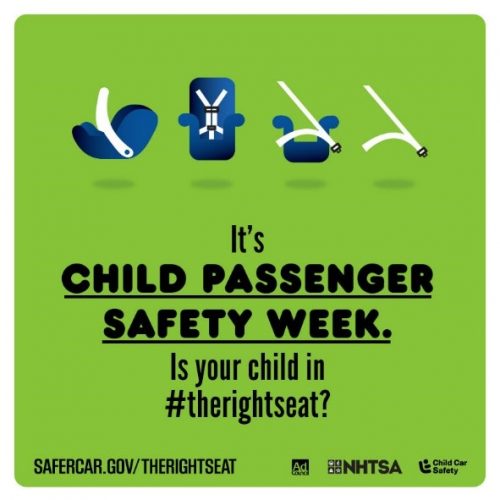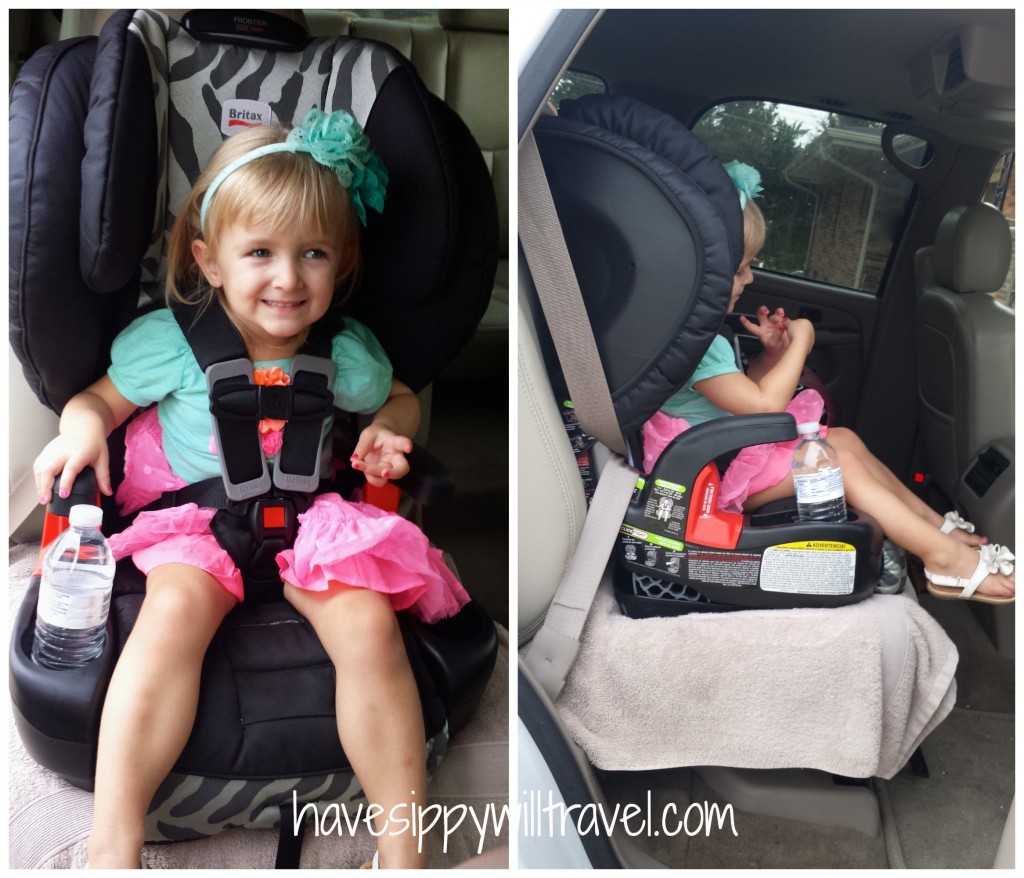When your child gets their driver’s license, they will probably be ecstatic about their newfound independence. While this is a milestone to be celebrated, it can cause anxiety for parents. The road can be a dangerous place, and it makes sense that you would want to protect your new driver.
There are a few ways you can make this stage of life easier. With the following strategies, parents will feel assured they have taken the right steps to keep their child safe on the road.
Get Insurance
Before your child drives for the first time, make sure they have an auto insurance policy. Accidents can happen, and if an incident does occur, the right insurance coverage will offer financial protection. Look for the cheapest car insurance solution that covers both the vehicle and bodily damage, regardless of who is at fault. You may also benefit from coverage for fire, theft and weather damage.
Reputable insurance companies will often have a family discount and protection for uninsured passengers.
Choose a Safe Car
The vehicle your child drives is just as important as their driving abilities. A safe, well-maintained car will help them get from A to B without the fear of breaking down. If your child is lucky enough to have access to the family car, you can avoid the arduous task of shopping for the perfect first car.
For those who are helping their child find a preloved set of wheels, look for a car that has low miles on the odometer. Before you commit to the purchase, you may like to find a mechanic who can look over the vehicle to ensure it does not have any underlying issues.
Give Them Training
New drivers can benefit from additional training. Formal safe driving programs can give them the skills and confidence they need while on the road. Participating in driver training could even save you money on your auto insurance policy.
In addition, you can help your child by giving them opportunities to experience different roads and weather conditions. A road trip is a chance to spend time together while they practice driving long distances. When you are in the car, make sure they are following the road rules, wearing a seatbelt and checking their blind spot.
To increase their skills, you can sign them up for a driver training program and take a trip together to give them time to practice. While this information is likely to be covered (multiple times) by their driving instructor, you should also make sure that they know exactly what to do in the event that they get involved in an accident.
For example, you should talk them through the procedures of hiring a lawyer, especially if the accident is the fault of another driver and not their own. This is particularly important for a financial standpoint (from their perspective and your own) as even if they have a part-time job, the costs of car accidents can run into the thousands. For example, in addition to covering the cost of vehicle repairs, they might also need medical treatment and support. In this instance, hiring a lawyer like Dennis Hernandez can help them put their best foot forward.
Have a Discussion
Before your child starts driving independently, take the time to discuss the risks. Remind them to get enough sleep before traveling, and to avoid alcohol if they are planning to drive. You can show them the right way to behave while driving by being a good role model.
Distractions can cause accidents, and you should reinforce this with your child. For example, you can suggest they turn their phone to silent or place it out of reach when they are behind the wheel. Driving can be stressful, but with your support, your child can learn to be calm while on the road.
Keeping Your New Driver Safe
Getting a driver’s license is an accomplishment, but driving requires maturity. If you are worried about your new driver on the road, you can help to keep them safe.
Have an open dialogue about the dangers of distractions, and make sure they have adequate auto insurance. Find a safe vehicle for your child to drive, focusing on reliability rather than looks. To increase their skills, you can sign them up for a driver training program and take a trip together to give them time to practice.



















